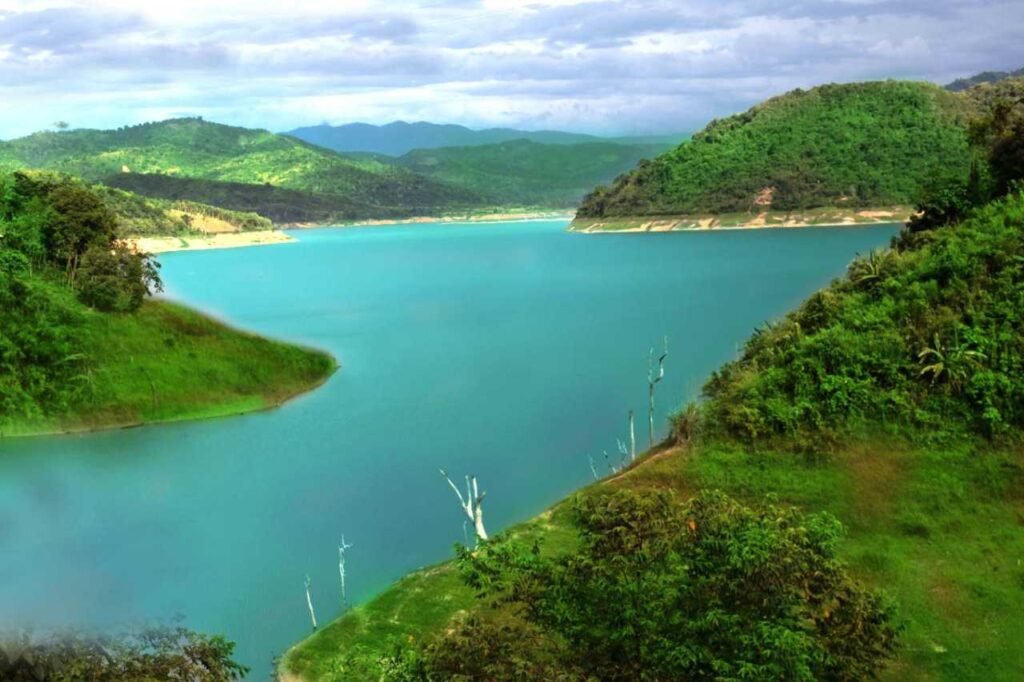Dimapur Pincodes
Enter the Pincode or Location Below in the Box
Pincodes of Dimapur

Here is a list of Dimapur Pincodes
About Dimapur
Dimapur, nestled in the Indian state of Nagaland, reigns as the largest city and municipality. With a 2011 population of 122,834, it thrives as a bustling urban center. Serving as the primary gateway and commercial hub of Nagaland, Dimapur’s strategic location near the Assam border along the Dhansiri River adds to its significance. Notably, its main railway station ranks as the second busiest in Northeast India, facilitating vital transportation links and economic activities. This vibrant city seamlessly blends its cultural heritage with modern developments, making Dimapur a dynamic and essential contributor to the region’s growth and connectivity.
History
In the 13th century, Dimapur stood as the capital of the formidable Dimasa Kingdom, a dominant force in what is now North East India, encompassing the Brahmaputra and Dilao Valley regions. Within the city’s heart, a tangible relic of this once-prosperous era remains, serving as a testament to its historical significance. Dimapur’s inception is credited to King Mahamanipha (1330-1370) of the Kachari dynasty, who established it as their capital. This status persisted until 1526 A.D., when it fell into the hands of the Ahom ruler, Suhungmung. Today, the ruins of the Dimasa Kingdom in Dimapur comprise a nearly 2-mile-long brick wall and two expansive tanks, each about 300 yards square, offering poignant glimpses into the grandeur of a bygone era.
Demography
As per the 2011 census, Dimapur, a vibrant city in Nagaland, exhibited a diverse demographic tapestry within the old Town Committee area, up to the old Dhansiri bridge, with a population of 122,834 residents. The gender distribution showed 52% males and 48% females. Impressively, Dimapur boasted an average literacy rate of 86%, with males at 88% and females at 84%. Approximately 12% of the population was under 6 years of age. Apart from the dominant Naga ethnic groups, it housed various communities, including Bengalis, Assamese, Oriyas, Nepalese, Biharis, Meiteis, Marwaris, Punjabis, Tamils, Telugus, Keralites, and even Tibetan traders who settled in the city over the last two decades.
Geography
Dimapur, nestled in the southwestern region of Nagaland, encompasses predominantly flat terrain. Here, the Dhansiri River meanders gracefully to the city’s east, eventually joining the Brahmaputra River. Summers in Dimapur are characterized by sweltering heat and high humidity levels, making it a hot and sweaty affair for residents and visitors alike. However, when winter arrives, the climate takes a milder turn, bringing about moderately cold temperatures that offer relief from the oppressive summer heat. This climatic variation adds a dynamic dimension to Dimapur’s landscape, ensuring that the city experiences both extremes, from scorching summers to chilly winters.
Economy
Dimapur, the bustling commercial nucleus of Nagaland, serves as a pivotal transit point for the transportation of goods, whether arriving by train at Dimapur railway station or via National Highway 29 by road, destined for various corners of the state. This strategic connectivity contributes to its economic significance. Furthermore, Dimapur hosts a multitude of private and central banks, facilitating financial transactions and services. The city also offers a range of accommodations, including the esteemed 3-star Hotel Acacia, alongside other prominent options such as Hotel Saramati and Hotel Lake Shiloi, catering to the diverse needs of travelers and residents alike.
